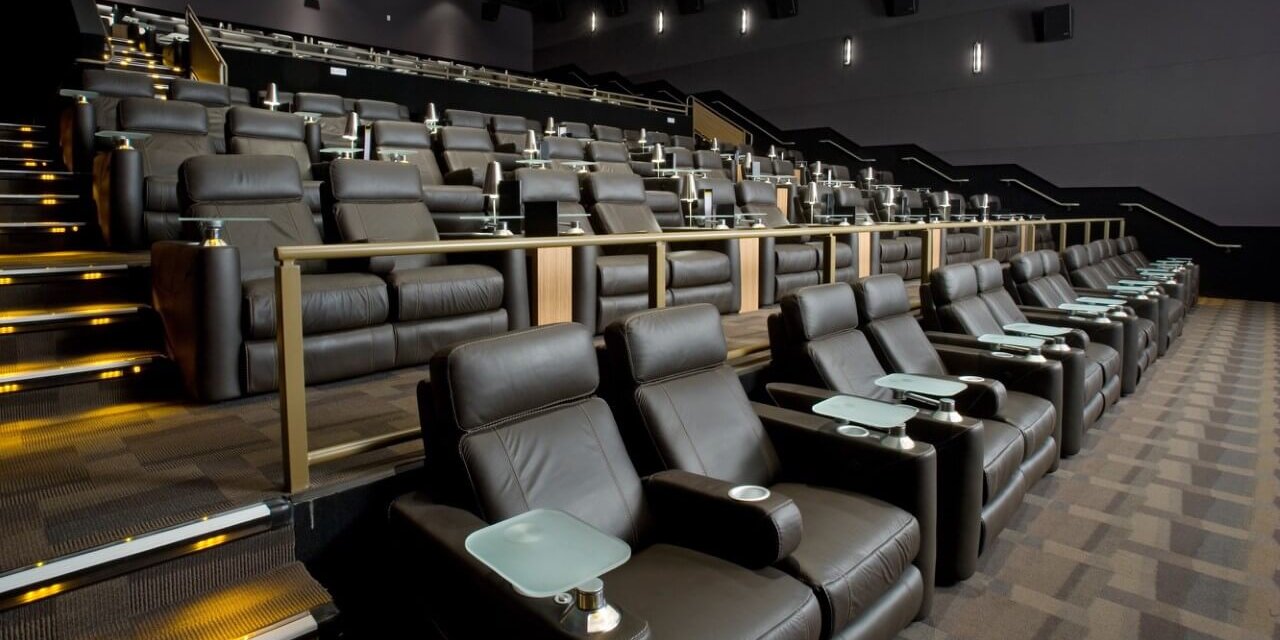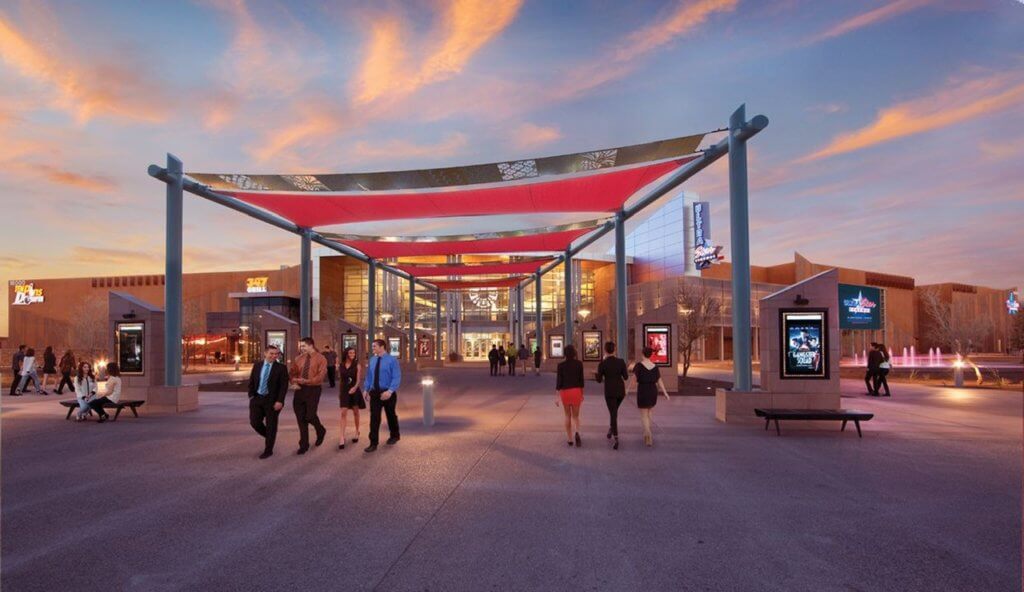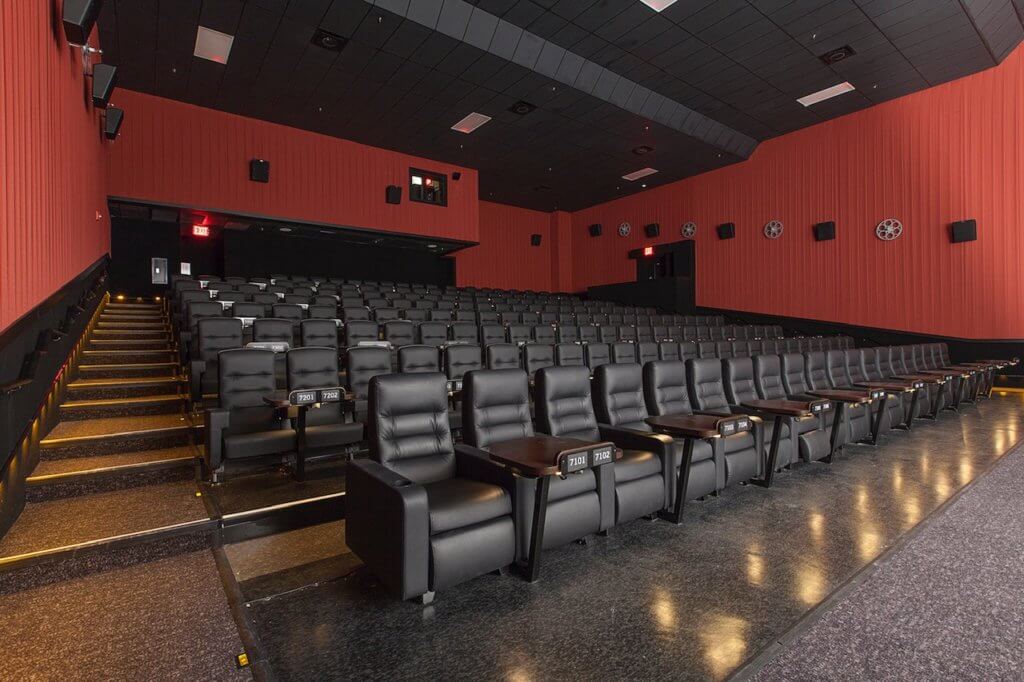Past to Present: Stadium Seating Conversions
The basic concept of “stadium seating” dates back thousands of years ago. In a nutshell, it is a type of seating arrangement that is found in performing-arts or entertainment and sports venues. Seats are built and constructed, typically in rows with each row higher than the one in front of it, making it ideal for viewing the spectacle (aka – performance, game or event) with less obstruction and some more leg room. While the concept of a stadium seating arrangement remains the same throughout time, the way architects and construction workers have gone about stadium seating conversions has evolved. Here’s a look into how stadium seating has been built from past to present.
Stadium Seating Conversion in the Past
One of the oldest known examples of stadium seating dates back to 80 AD with the Colosseum at Piazza del Colosseo in Rome. The historic oval amphitheater was the largest one ever built in its time. It was designed with a tiered-step arrangement that held an estimated 80,000 spectators as they would watch gladiatorial contests, dramatic performances based on classical mythology and re-enactments of famous battles. Later, it would be used for housing and religious quarters. Today, it is one of the most popular tourist attractions in the world, where nearly 10 million people come to see the iconic construction every year. Throughout its time, the Colosseum has never failed to provide visitors with prime views and convenient ways to enter and exit. At the time the Colosseum was constructed, concrete was used to build the stadiums arches and seating. While concrete was innovative at the time, today a mix of concrete, steel and EPS foam are used to build the foundations of these large spectacles.
The Modern Way
Modern-day stadium seating really gained momentum in the mid-90s in what is often referred to as the “AMC Era”—which kicked off in 1995 with Dallas’ AMC Grand 24 Theatre. The cinema’s construction was one of the most revolutionary of its time, featuring 24 movie screens and stadium seating to match. Prior to the AMC Era, sloped floor style theaters were the lay of the land, but with this introduction into the cinema theater scene, the way people watched movies was forever changed. The viewer experience was amplified thanks to the innovative integration of stadium seating into movie theaters.
While stadium seating really blew up in popular modern multiplexes like AMC Theatres, early debuts of this type of seating began in the first IMAX Theatres, cinemas with very tall screens for a magnified viewing experience, in the 1970s. Furthermore, some theaters like the 1922 Princess Theatre in Honolulu also featured this style of seating that had sharply raked rows of seats from the front of the screen towards the ceiling.
Stadium Seating Conversions Today
While stadium seating has been around for a long time, the way in which it has been built has become more and more innovative and efficient. From the days of the Colosseum when heavy concrete was the main element to creating the special, unique riser-like rows of seats, today, a combination of fill material such as EPS foam, concrete and steel build, is used to implement a solid stadium seating foundation.
Stadium seating using a PREFOAM Stadium Seating Riser System is growing higher in demand, as architects and project managers of these entertainment centers look for more efficient, cost-effective ways of building seats in their establishments. PREFOAM EPS Geofoam blocks are shaped to fit the desired dimensions of a seating design, and then laid and stacked to create the seating arrangement. This special type of foam is very lightweight, easing labor, but at the same time, have a high-density and ideal compression rate, which creates a strong, long-lasting seat structure. Metal risers hold the foam blocks in place, and concrete is laid on top. The stadium seating riser system helps to cut time and labor costs in half because of the flexibility and convenience it brings to the construction team installing it. This type of system is a new go-to for building cinema theaters, both traditional along with newer, luxury cinemas with stadium seating luxury recliner configurations, and modern-day multi-entertainment and sports arenas.
To find out more on how the PREFOAM EPS Stadium Seating Riser System can be used for your next project, check out details on how Stadium Seating Enterprises installs this unique, innovative seating foundation.



